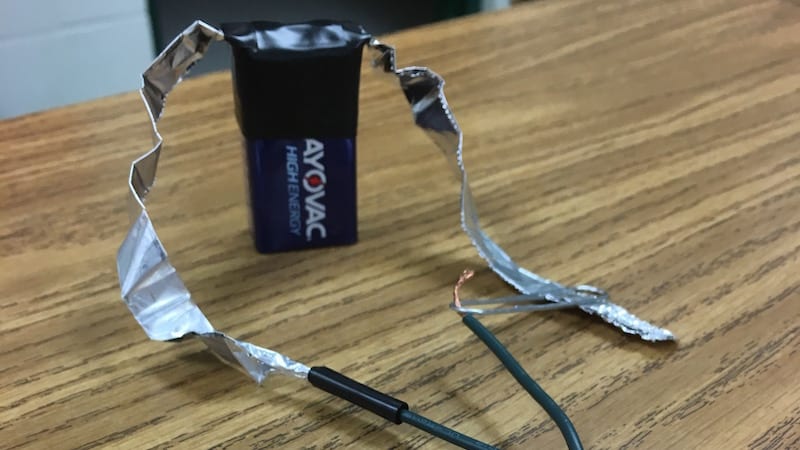Teaching science requires a lot of hands-on activities to help students connect to concepts in a experiential way. Take a peek into any science equipment catalog and you can find amazing ways to accomplish this. But the reality is that many elementary classrooms don’t have school budget money to outfit a science lab with the latest cool gizmos and gadgets. Here are some inexpensive science experiments that teach important concepts without breaking the bank.
1. Navigate Newton’s Laws of Force and Motion.
Head to the toy aisle and snap up some cars and a bag of marbles. Then swing by the party aisle for some straws and a package of balloons. Also, make sure you grab a package of bathroom cups and you are ready for three great activities that can be used in an 3rd–6th grade classroom to introduce or extend learning about Newton’s laws of motion.
Newton’s first law can be tackled by making a ramp out of an old game board (Finally! A use for that Candyland game you found at a garage sale last year!). Place a book at the bottom of the ramp to act as the force stopping the car you will place at the top of the ramp. Place a penny on the hood or roof of the car and let the car roll down the ramp. Measure how far the penny continues to travel after the car has stopped. You can change the angle of the ramp and determine if it has any effect on the distance the penny will fly.
For a great activity to demonstrate Newton’s second law, use a book and a ruler to make a ramp. Cut an opening in the side of a bathroom cup and place it at the bottom of the ramp. Roll the two different sizes of marbles down the ramp and measure how far they push the cup.
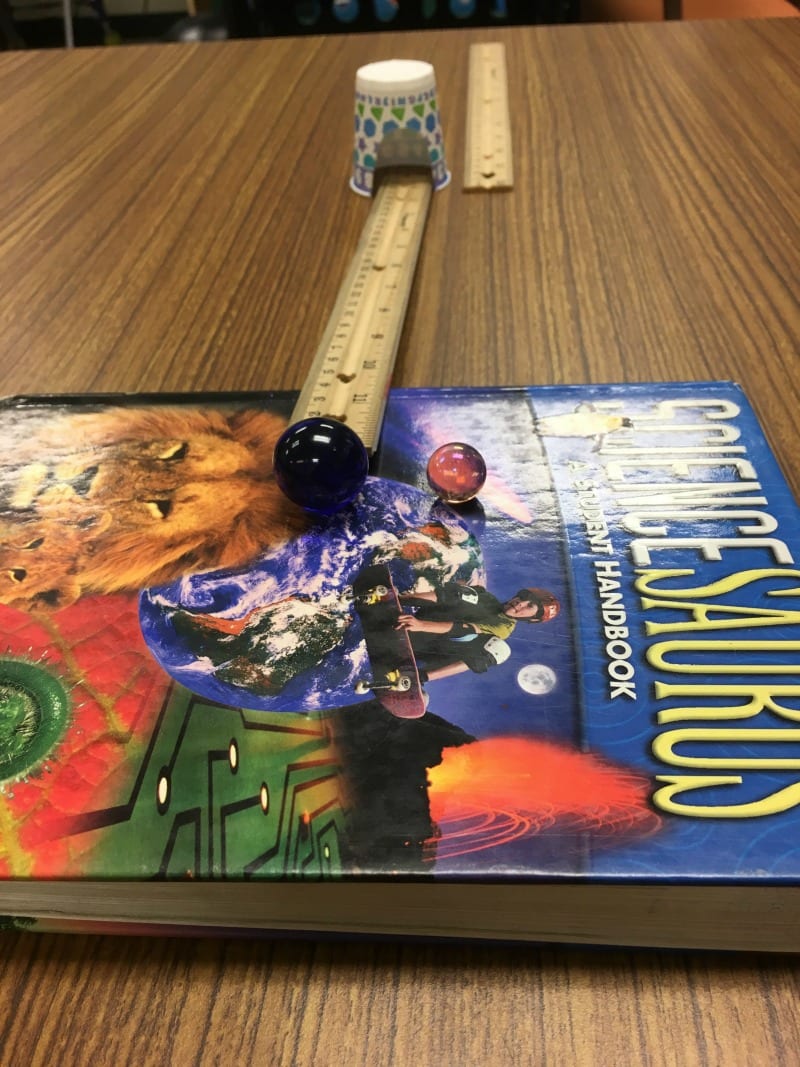
If you need help teaching Newton’s third law, use the balloons and straws to make rockets. Start by threading a straw onto a length of string or fishing line. Stretch the string across your room and attach each end to a wall. Blow up a balloon and twist the end closed, but don’t tie it. Tape the balloon to the straw and let go. The force of the air pushing out of the balloon will send it zipping down the string.
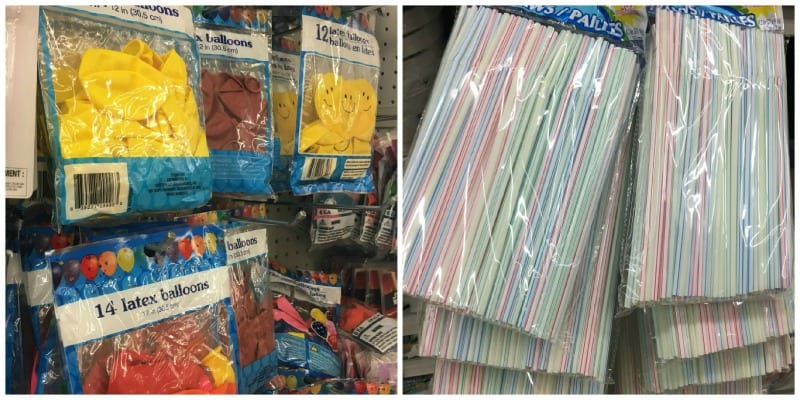
2. Take a spin to learn about friction.
Friction can be a tricky topic for kids because the only example they can usually come up with is rubbing their hands together. Here are a couple of activities that can help build their understanding of opposing forces and only cost a couple of dollars.
Haul out those old game boards again and cover them with whatever different textures you can find. I use foil, shelf liner, bubble wrap, cardboard, wrapping paper, and a welcome mat. Make a ramp out of heavy paper or cardboard. Prop one end of the ramp on whatever is handy and roll a toy car down it. Measure the distance the car travels on each of the different surfaces.
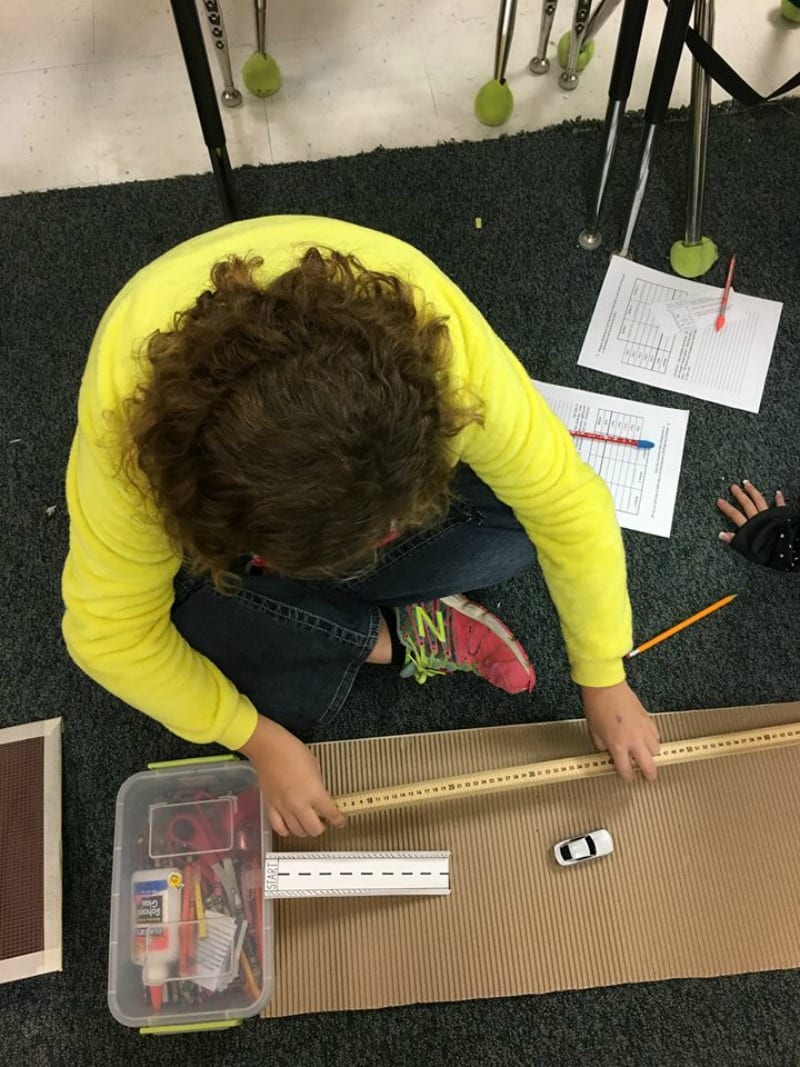
Grab packages of tops from the party favor section of the store. Have the students choose several surfaces that have different textures like the top of their desk, carpet, tile. Have the students time how long the top will spin on different textured surfaces. You can even head outside and try asphalt, grass, and concrete.
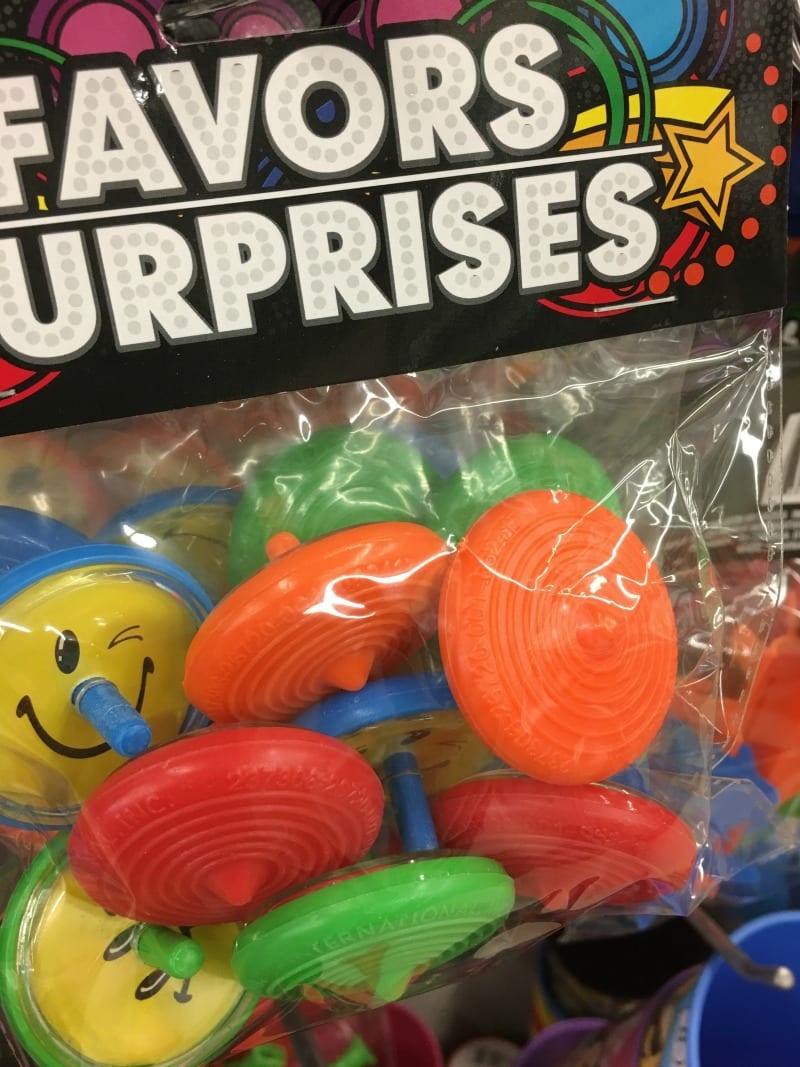
3. Model the phases of the moon.
You can make an inexpensive model that demonstrates the phases of the moon out of ping pong balls and bottle caps. Use an orange or yellow ball to represent the sun. Use a permanent marker to color half of a white ping pong ball black. This will represent the moon. I found some cute doggie balls that were blue and green and use them to represent Earth. Students can see what the moon looks like as it makes a trip around the Earth.
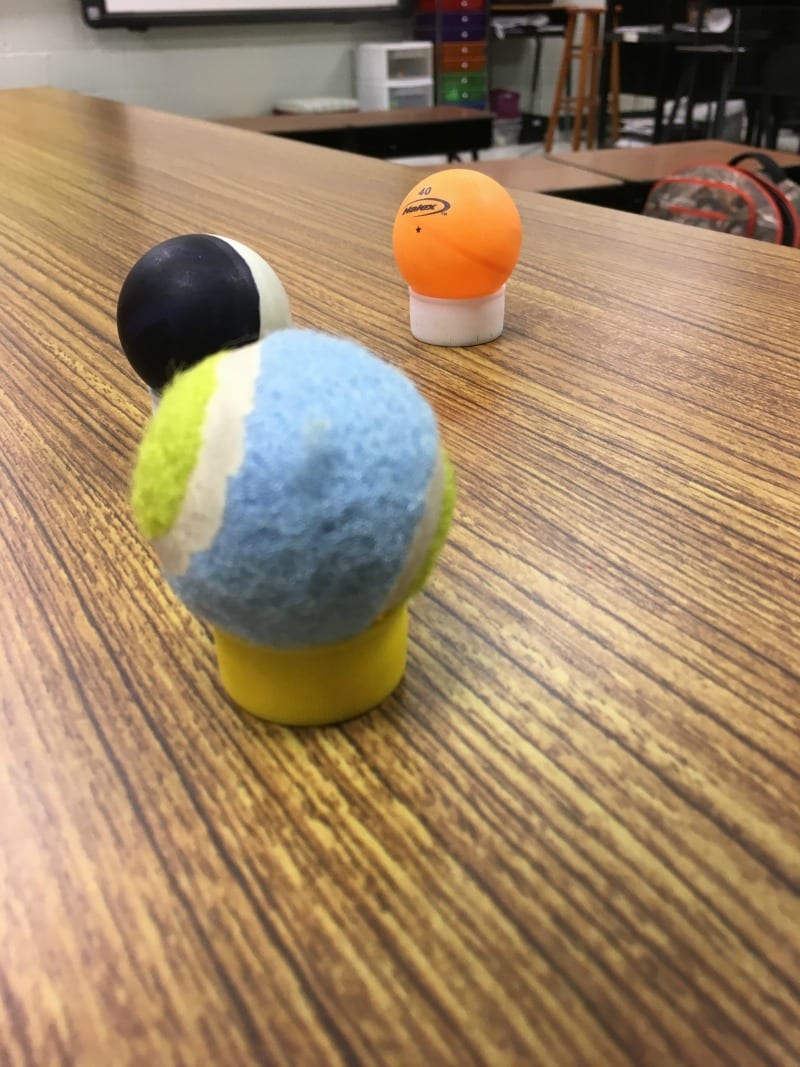
You can also pick up a hula hoop and attach eight moons evenly spaced to it. Students can take turns standing in the hoop while their friends hold it at eye level. By turning in a full circle, the student in the center can see all of the phases.
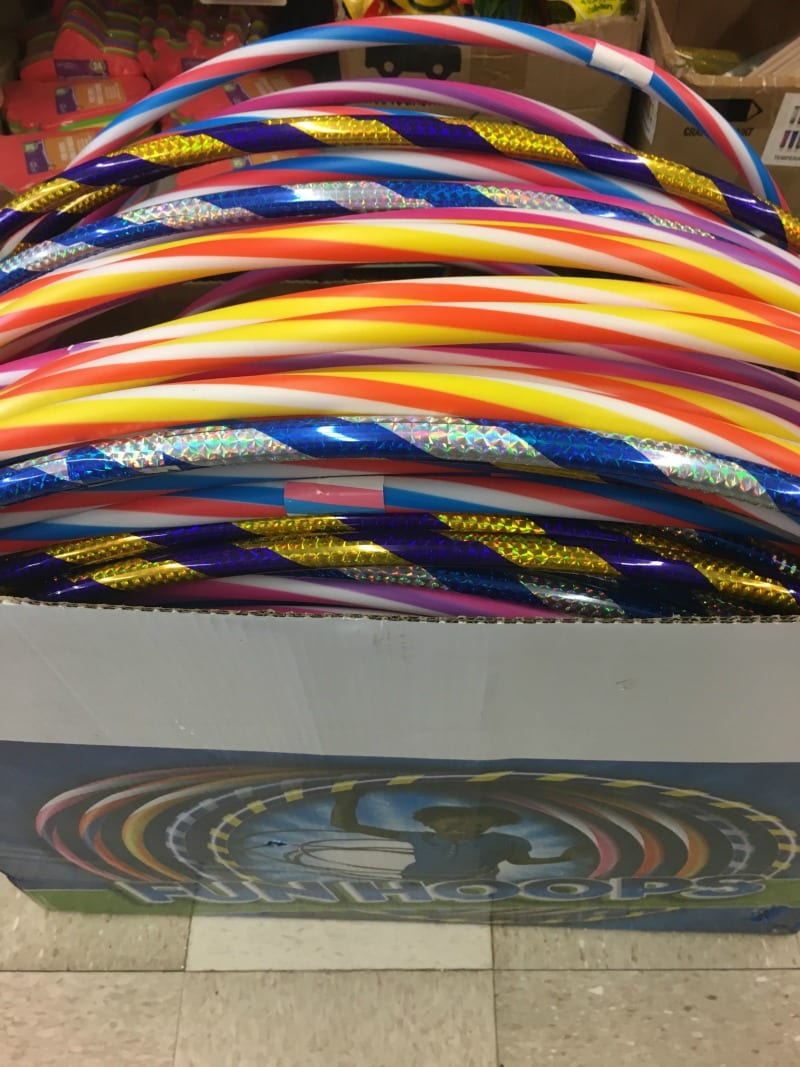
4. Chase shadows to track the sun’s motion across the sky.
Many students struggle with understanding why the sun changes position and how we see that change. A simple and fun way to help students track the position of the sun during different parts of the day is to trace their shadow using sidewalk chalk. Have the student who is being traced stand in the same exact location several times during a sunny day. Use a different color of chalk each time to trace their shadow. At the end of the day you can have a discussion about the direction their shadow is, the changing length of their shadow and how this relates to the location of the sun during different times of the day.
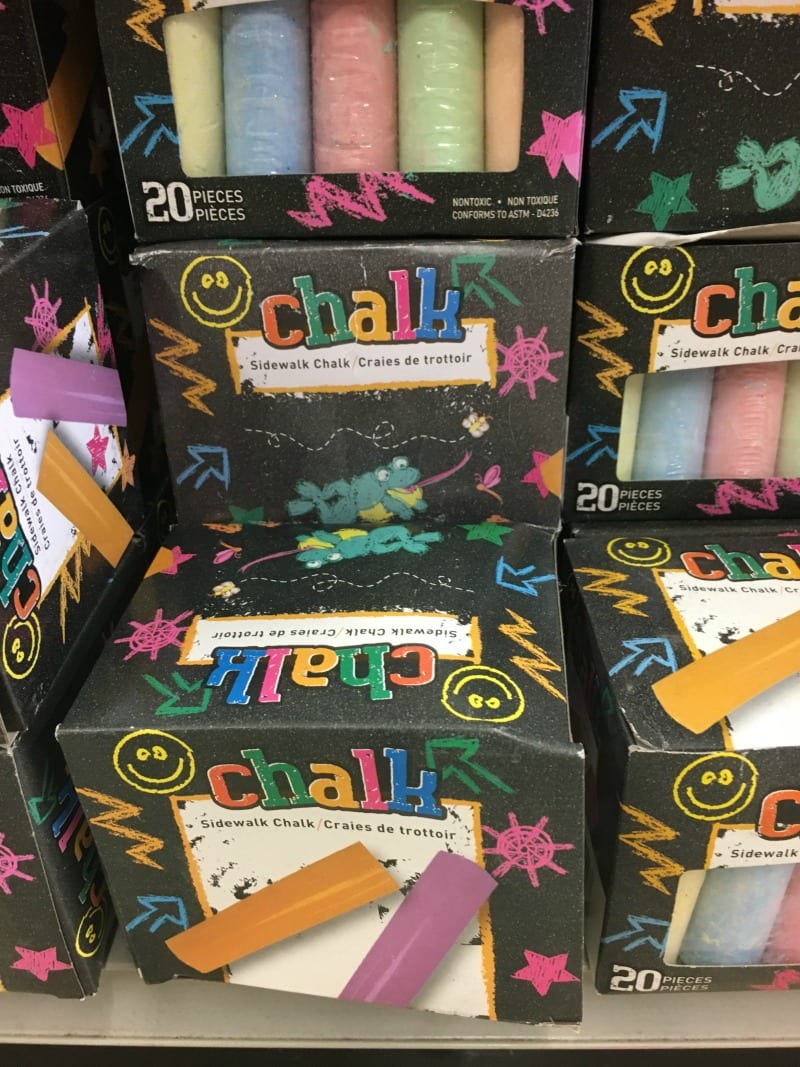
5. Bounce around to learn about energy.
Dollar stores are a great place to find a variety of balls: foam, rubber, bouncy, hard, soft, squishy, knobby. Pick up several different kinds and have the students design an experiment to test which kind of ball bounces the highest or the most times when dropped from a certain height.
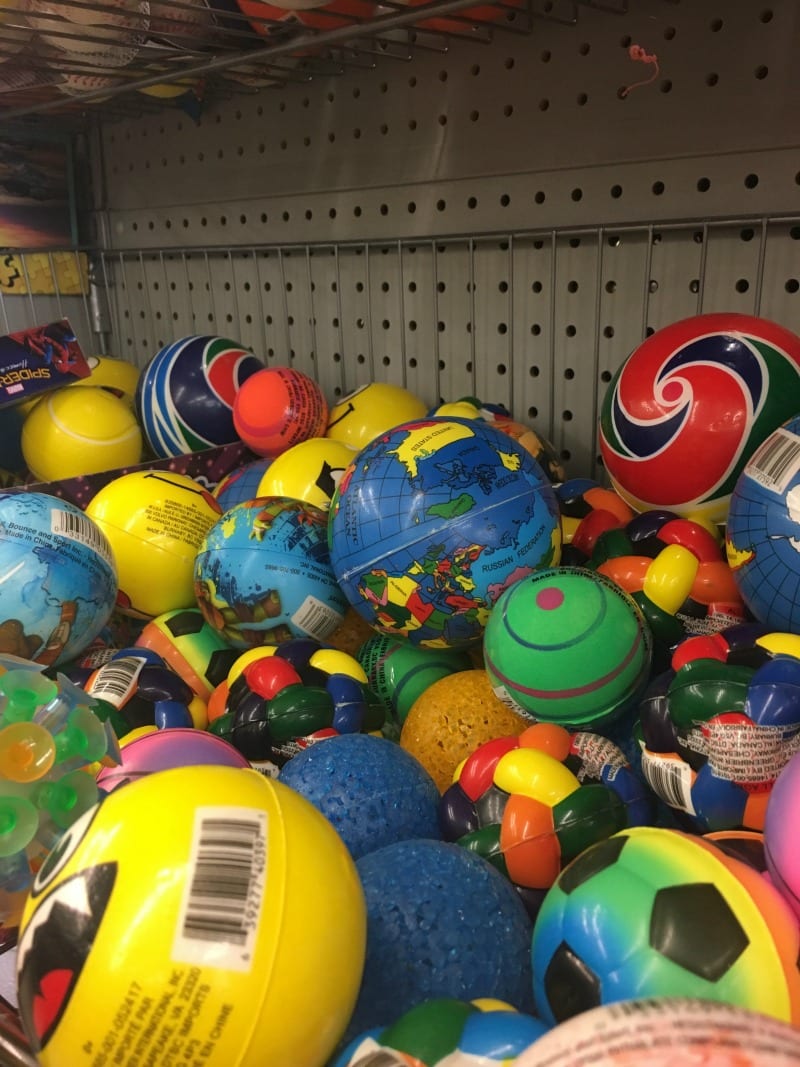
6. Sort all sorts of doo-dads to learn about classification.
Do your students need help understanding classification? Are they ready to try making a dichotomous key on their own? There are plenty of inexpensive choices to be found at any dollar store. Craft supplies like pompoms, foam stickers, bags of buttons, beads of every shape, size and color make a perfect, kid friendly classification starting point.
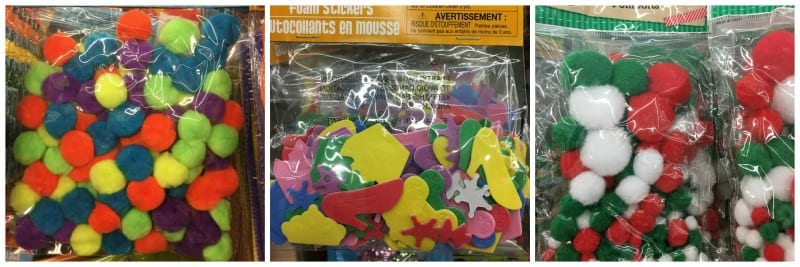
7. Witness the dance of solar energy.
Look at your local Dollar Store for items that have a solar panel. You can incorporate these items to help kids understand concepts such as light as a form of energy and that light energy can be changed into other forms of energy by solar panels. I found a whole shelf of dancing flowers as well as solar powered calculators.
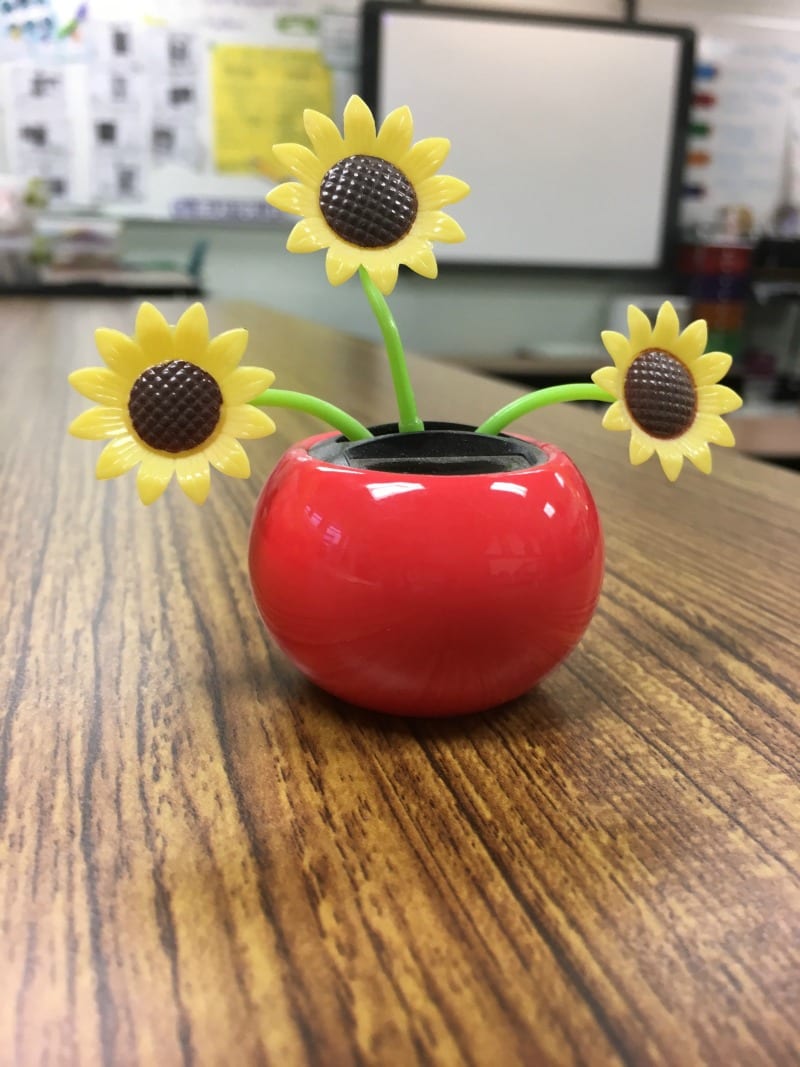
8. Light up learning around circuits.
Instead of spending lots of money on battery holders, bulb holders, bulbs, and wires with special clips, I headed to the dollar store and picked up a string of Christmas tree lights, a box of foil, and some electrical tape. Add a 9V battery and you have everything you need to make a circuit. Tape a strip of foil to each post on the battery, making sure the the two pieces of foil don’t touch. Then clip every other bulb from the strand and strip about a half inch of the insulation off of the wire and you are ready to create a circuit. Students can even place objects between one wire and the foil to determine if the object is a conductor or insulator.
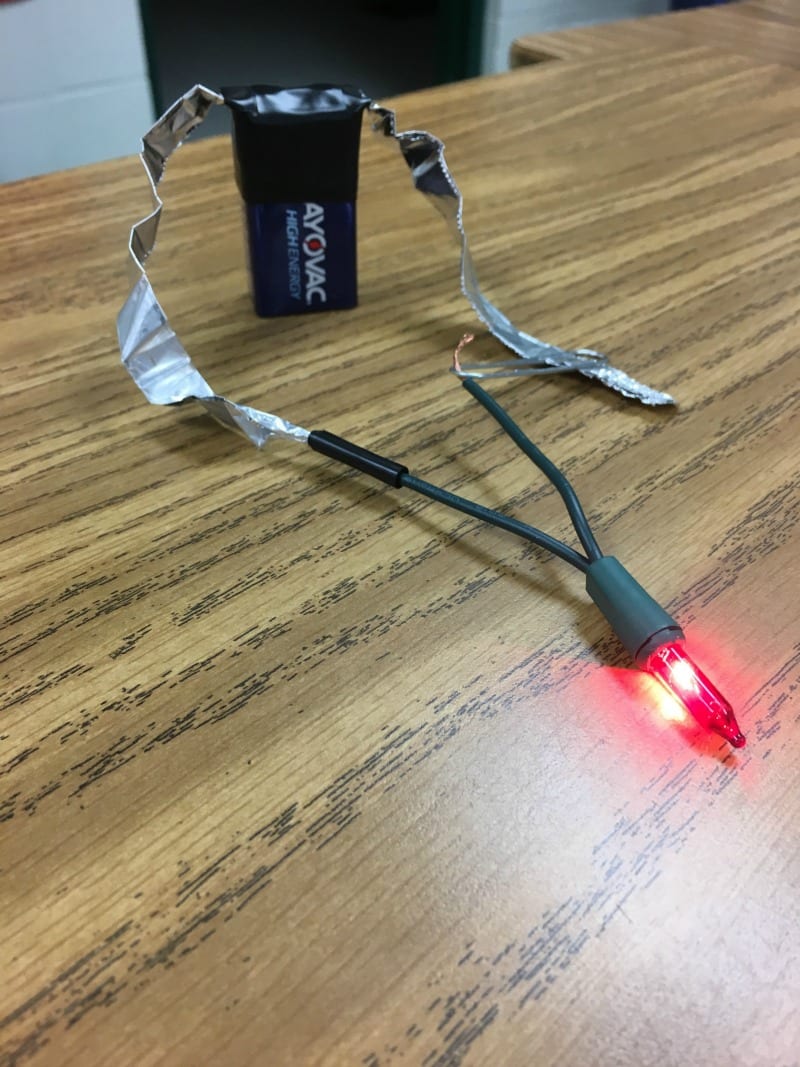
9. Model your own cave formation.
If your students need to understand how solution caves form, here’s a terrific model they can make using clear plastic cups, modeling clay, and sugar cubes. Place a dozen or so sugar cubes in the bottom of a clear plastic cup. These represent limestone. Top that off with a thin layer of modeling clay to represent the surface. Slowly pour water into the cup. The water will begin to seep through cracks around the edge of the cup and as it collects in the bottom, the sugar cubes will begin to partially dissolve leaving open spaces. Have the students sketch the changes.
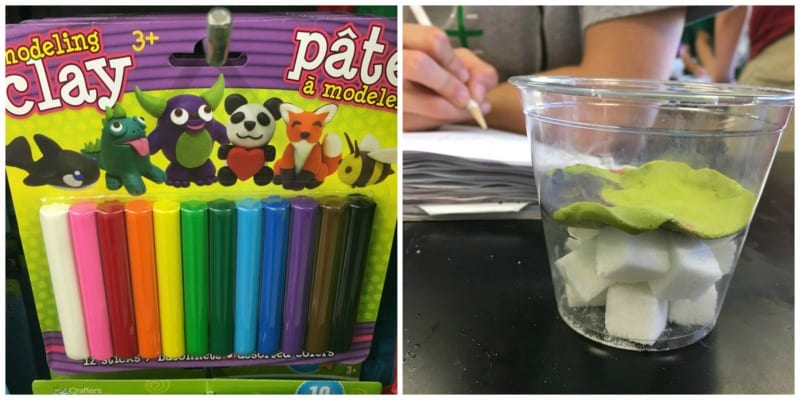
10. Use play dough to learn about fossils and the layers of the Earth.
Everybody loves Play Dough. Dollar Stores usually have inexpensive versions. They also usually have tubs or tubes of dinosaur figures. If you can’t find any with the toys, check the party supplies where they may be packaged as a party favor.
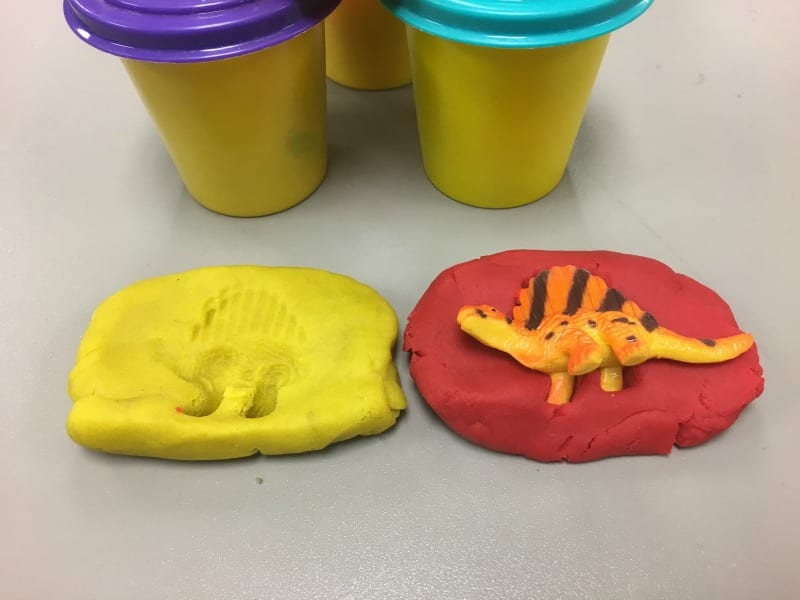
Students can roll out different colors of the dough and stack them up to represent the layers of sedimentary rock. You can use their models to discuss which layer is oldest. Provide students with a plastic knife or craft stick and they can make models of movement along fault lines or they could use a plastic spoon to model canyon formation. If you include a dinosaur between two layers, the students can make a model of a cast and mold fossil.
This activity could be extended by burying dinosaurs in plastic bowls full of sand. Stack three bowls inside each other to represent three layers of sedimentary rock. Give your amateur paleontologists a toothbrush and allow them to “dig” up their fossils and determine which one is the oldest and which is the youngest.
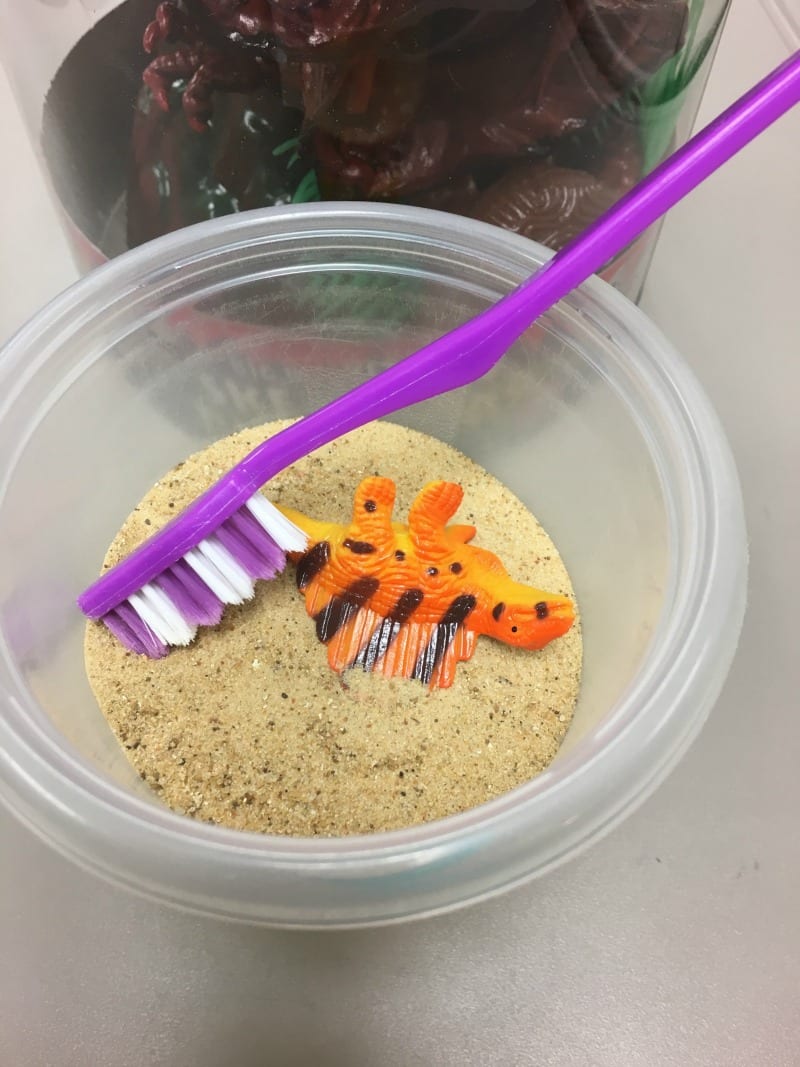
What are your favorite inexpensive science experiments? Please share in the comments, and we’ll add to this list!

